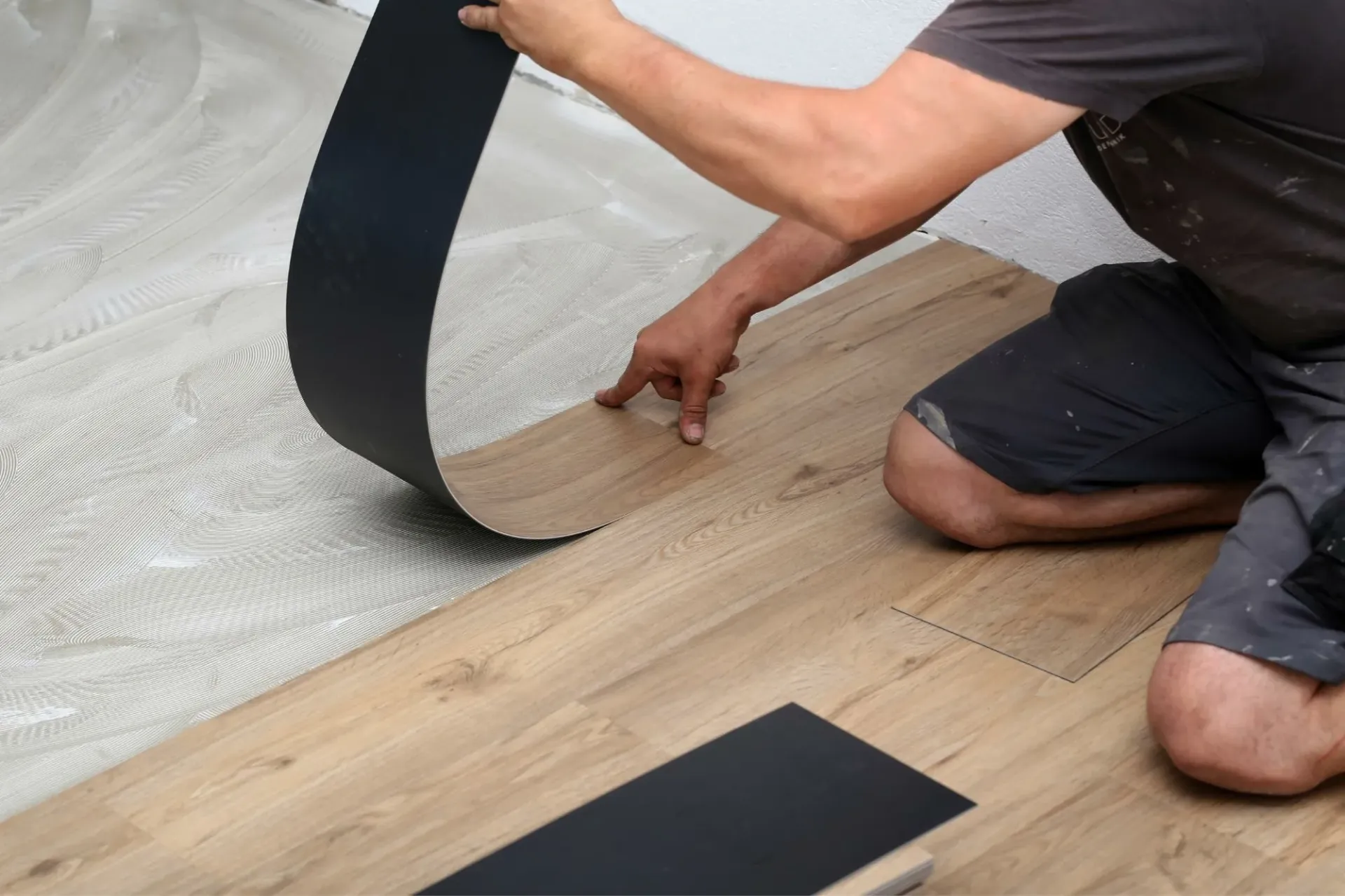Choosing Between Vinyl Plank and Laminate Flooring for Your Home
Exploring Vinyl Plank Laminate Flooring Benefits and Considerations
In today's home design landscape, flooring options have evolved significantly, with many homeowners seeking both aesthetics and practicality. One popular choice that has emerged is vinyl plank laminate flooring, often simply referred to as vinyl plank. This flooring option combines the best of both worlds by offering the realistic appearance of hardwood with the durability and resilience of vinyl. This article will explore the benefits of vinyl plank laminate flooring as well as important considerations for homeowners.
What is Vinyl Plank Laminate?
Vinyl plank laminate flooring is composed of several layers, including a protective top layer, a design layer that mimics wood or other natural materials, a core layer for stability, and a backing layer for sound absorption. This multi-layer construction allows vinyl planks to be both aesthetically pleasing and practical for a variety of environments. Unlike traditional laminate flooring, which is made primarily from wood byproducts, vinyl plank is fully synthetic and water-resistant, making it ideal for areas prone to moisture, such as kitchens and bathrooms.
Benefits of Vinyl Plank Laminate Flooring
1. Realistic Appearance One of the primary attractions of vinyl plank laminate is its ability to replicate the look of natural hardwood. Advances in printing technology have resulted in designs that showcase authentic textures, grains, and finishes. Homeowners can choose from a variety of styles, from rustic oak to sleek maple, allowing them to achieve their desired aesthetic without compromising on quality.
2. Durability Vinyl plank laminate is resistant to scratches, dents, stains, and fading, making it an excellent choice for high-traffic areas. Whether you have pets, children, or frequent guests, this flooring can withstand daily wear and tear while retaining its beautiful appearance.
3. Water Resistance Many vinyl plank options are designed to be completely waterproof, which protects against spills and moisture. This feature allows homeowners to confidently install vinyl planks in areas where traditional hardwood would warp or swell.
4. Ease of Installation Vinyl plank flooring often employs a click-lock or adhesive installation system, making it a DIY-friendly option for homeowners. The ability to install it over existing flooring eliminates the need for messy demolition and reduces installation costs.
vinyl plank laminate

5. Low Maintenance Cleaning vinyl plank laminate is straightforward. Regular sweeping or vacuuming, combined with occasional mopping using a damp cloth, is usually enough to keep it looking pristine. Unlike hardwood, it does not require waxing or special cleaning products.
Considerations for Homeowners
While vinyl plank laminate flooring offers numerous advantages, potential buyers should also consider a few factors before making a decision.
1. Comfort Although vinyl plank is durable, it can feel less comforting underfoot compared to traditional hardwood. Adding area rugs or carpets may enhance comfort in key areas.
2. Temperature Sensitivity Vinyl can expand and contract with temperature changes, so it's essential to acclimate the planks before installation to avoid issues later.
3. Environmental Factors Some vinyl plank products may emit VOCs (volatile organic compounds) during installation. Homeowners concerned about indoor air quality should seek out certified low-VOC options.
4. Resale Value While vinyl plank laminate can enhance the appearance of a home, prospective buyers may still favor traditional hardwood for its perceived value.
Conclusion
Vinyl plank laminate flooring presents an appealing option for homeowners looking for a combination of style, durability, and practicality. With careful consideration of its benefits and potential drawbacks, vinyl plank can provide a long-lasting, beautiful flooring solution that meets the demands of modern living. Whether you're renovating a single room or planning a complete overhaul, vinyl plank laminate deserves serious consideration in your flooring selection process.
-
Waterproof Advantages of SPC Flooring Vinyl in KitchensAug.06,2025
-
SPC Hybrid Waterproof Flooring Thickness GuideAug.06,2025
-
Leveling Subfloor Before My Floor SPC InstallAug.06,2025
-
How Mesh Deck Skirting Improves Outdoor Pest ControlAug.06,2025
-
Choosing the Right Commercial Flooring for Your Business NeedsAug.06,2025
-
Choosing the Best Residential Flooring: A Comprehensive Guide to Style, Durability, and ComfortAug.06,2025




